The name Cossack is derived from the Turkic word quzzaq and mean simply "adventurer" and "freeman". This name has been shared by several groups throughout the history of Europe and Asia. The most prominent and numerous are the Russian Cossacks of the Don, Ural and Siberia regions. Also famous were the Ukrainian Cossacks who lived on the southern steppes of modern Ukraine. They grew astronomically during the 15th-17th centuries due to numerous runway peasants from Russia and Poland respectively. Cossacks paid no taxes and enjoyed a large measure of autonomy in the management of their communal affairs.
During the Napoleonic Wars the Cossacks participated in numerous campaigns and battles. In late 1790s they went with Suvorov to Italy and Switzerland. In 1805 they took part in the disastrous Austerlitz Campaign. In 1806 and 1807 the Cossacks were in Eastern Prussia in Bennigsen's army. There were several Cossack regiments fighting against the Swedes and Turks in 1808, 1809 and 1810.
The no-nonsense tough warriors bivouacked in the square of the Carousel before his majesty's windows, and dried their shirts and trousers on the iron railings of the palace. They also camped out on the famous Champs Elysees.
The Cossacks were again in Paris in 1815. A large group of Cossacks was dispatched to find the Prussians and English armies advancing on Paris and they were the first Allies' troops who marched through Paris very shortly after Waterloo.
The most famous Cossack commander was Platov. Ataman Matvei Platov (1757-1818) was a seasoned commander, already in 1774 he fought against the Crimean Tatars. Upon Alexander I's ascension to the throne, he was appointed Ataman (Headman) of the Don Cossacks. In 1805, Platov ordered the Cossack capital to be moved from Starocherkassk to a new location, known as Novocherkassk. He distinguished himself in 1806-7, 1812 and 1813 against the French. Platov scourged the French during their retreat from Moscow in 1812, and again after their defeat at Leipzig. During his visit in England he was enthusiastically greeted by the Londoners. Platov was awarded a golden sword and a honorary degree by the University of Oxford.
General-Major Alexandr Ivanovich Chernyshev (1785-1857) was a famous Cossack raider. In 1812 Chernyshev was promoted to general-major, and in 1814 to general-lieutenant. Chernyshev was not well-known in Europe but in Russia in that time he was very popular. In 1812 Chernyshev's aggressive pursuit and hit and run tactics demoralised the French. In 1813 and 1814 his raids deep into enemy territory were quite spectacular. Chernyshev's Cossacks raided Kassel, the capital of Westphalia. After being driven out of Kassel, King Jerome Bonaparte, Napoleon's brother, managed to return on the 16th of October, before deciding to seek refuge in France on learning of the result of the battle of Leipzig. In 1815 at Waterloo, Jerome's division attacked Hougoumont. Nikolai Vasilievich Illovaiski ( 1772 - 1828 ) was another talented Cossack commander. Nikolai Mozhak writes: "He was enlisted to the military service in the age of 6 as a private cossack. In the age of 8 he took part in his first military expedition to the Crimea for suppressing the Crimea Tatars that supported Turks." Illovaiski participated in campaigns against the Turks, Poles and the French. In 1813 after the Battle of Bautzen he left the army, his health was failing, and went back to the Don.
I shall be endeavouring to paint as many Cossack regiments as I can find viable resources to uniforms etc..The figures will be Front Rank Miniatures with GMB Flags supplemented with other religious iconography where appropriate.
Lifeguard Cossack Regiment


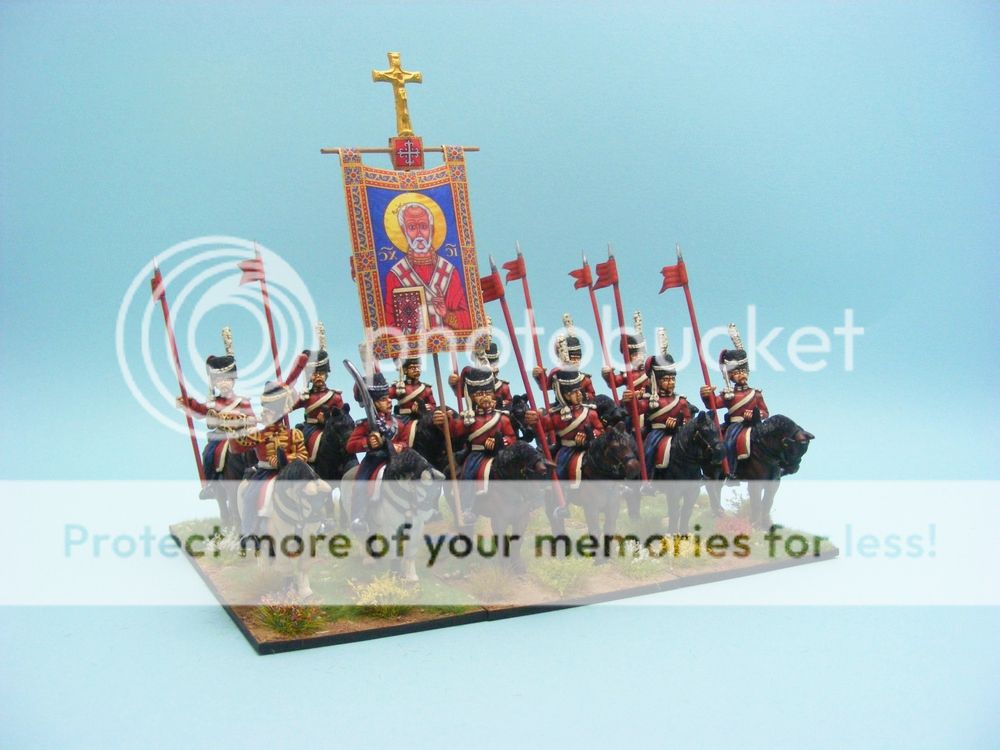

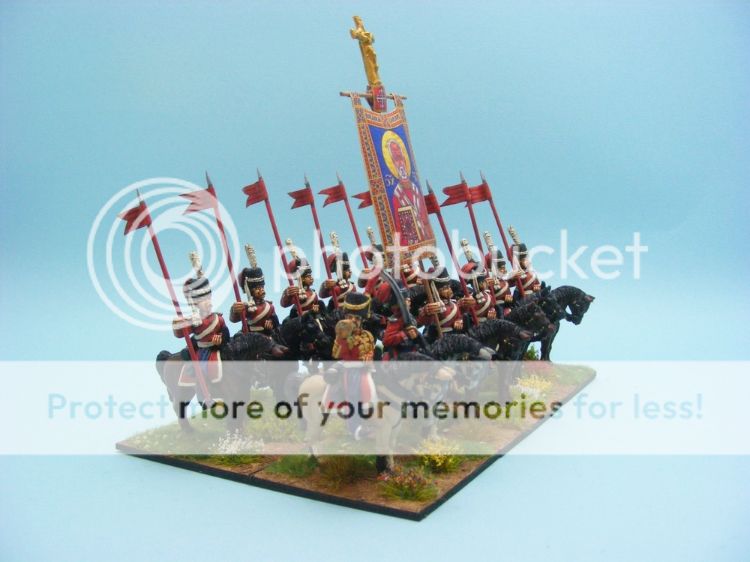

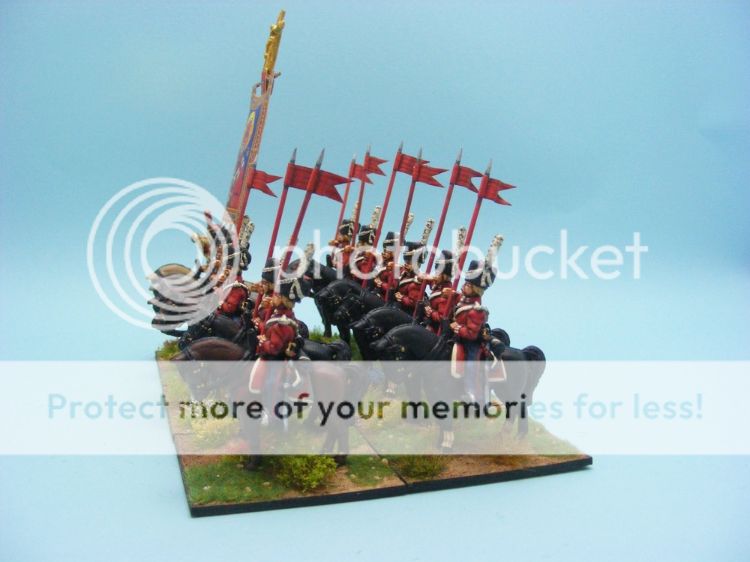
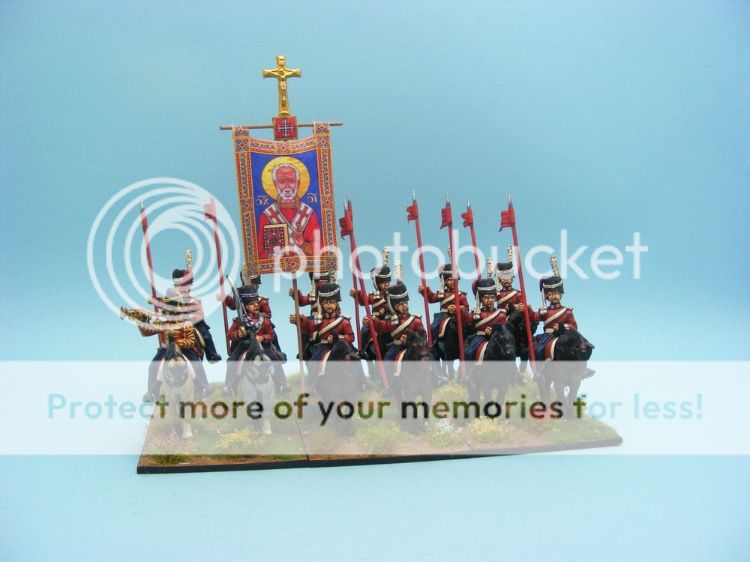
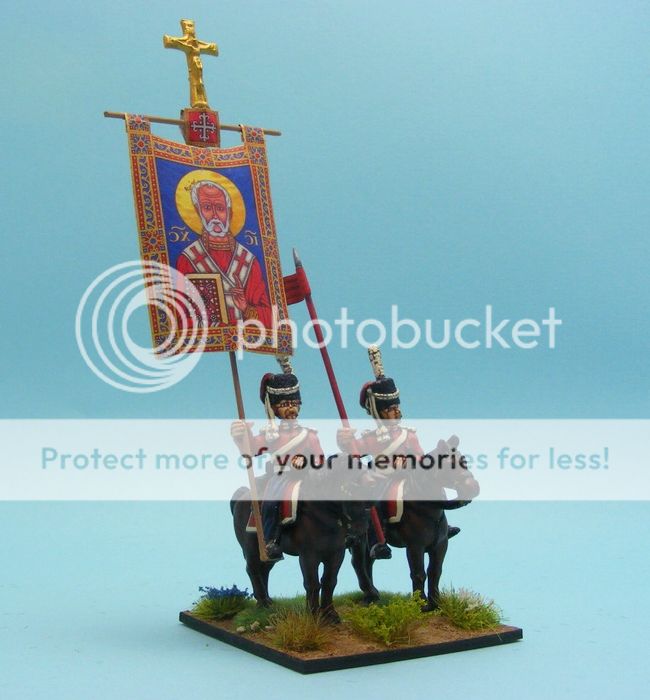
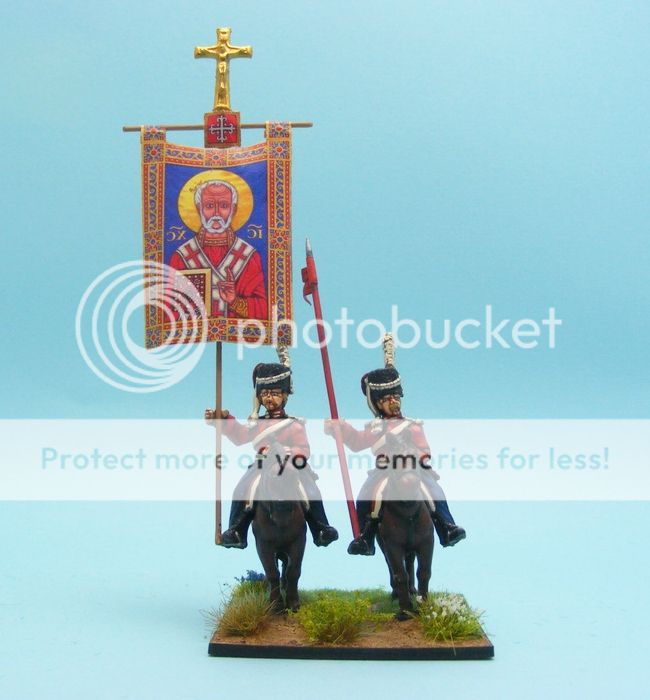
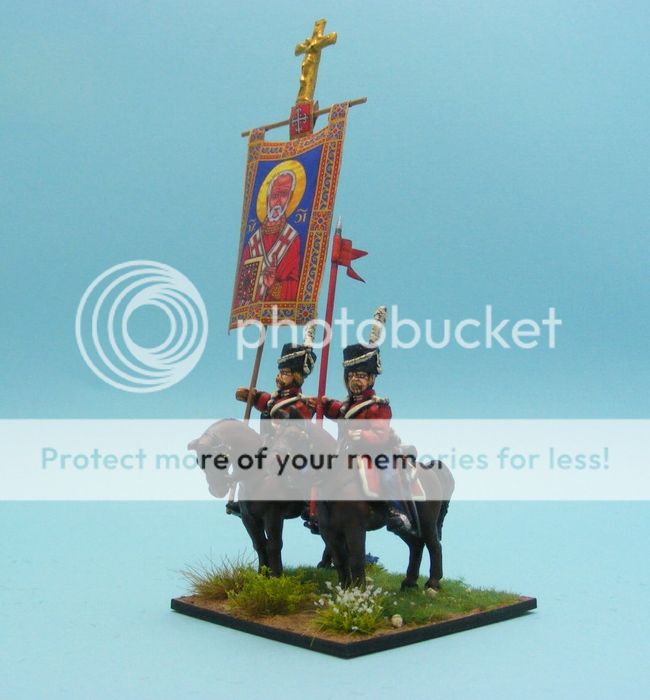
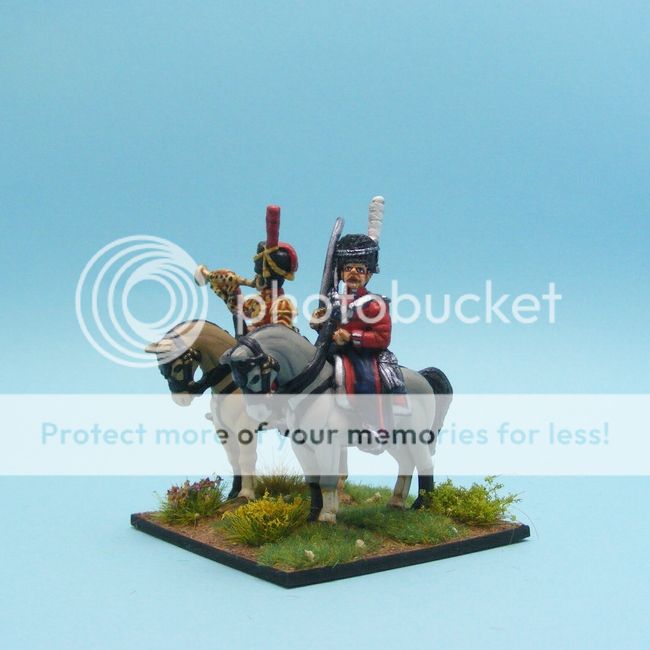
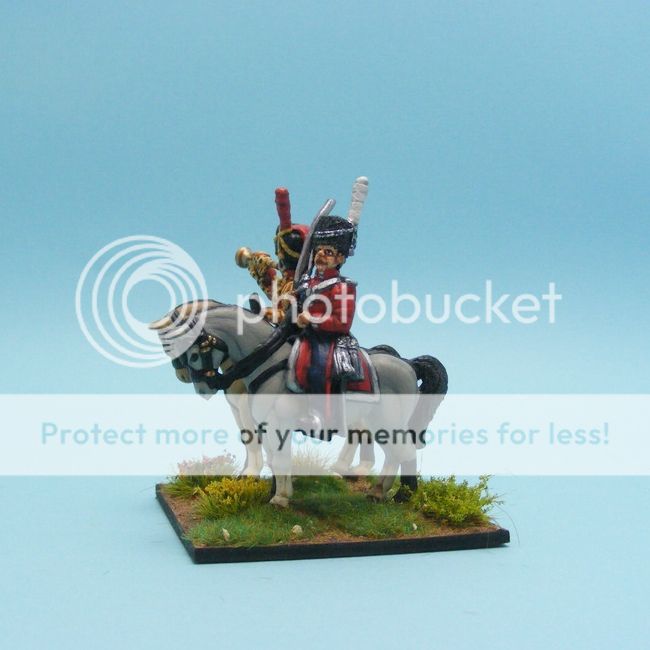
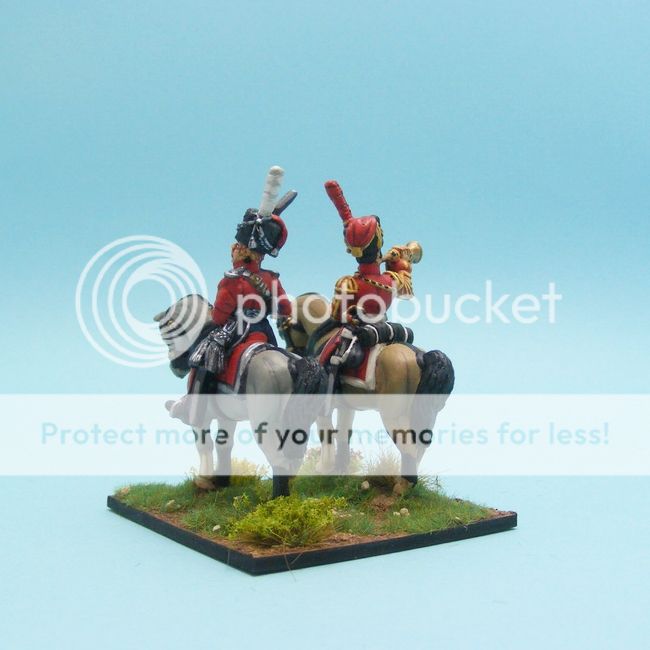
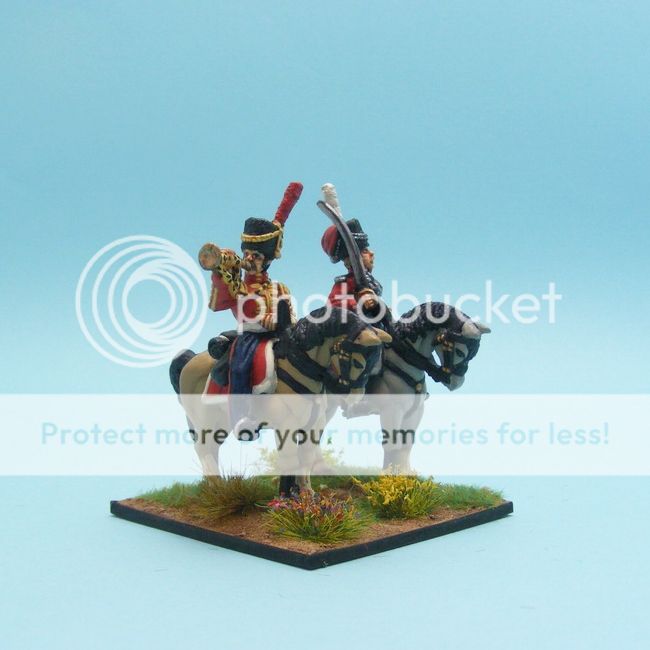
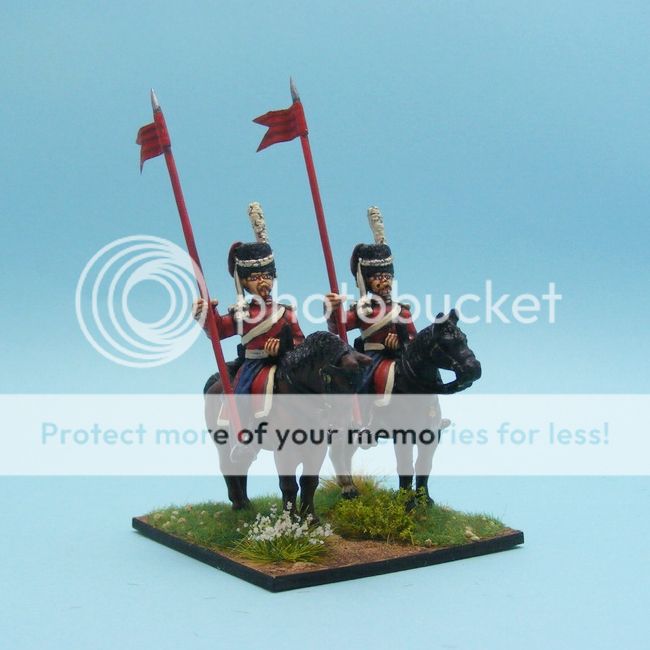
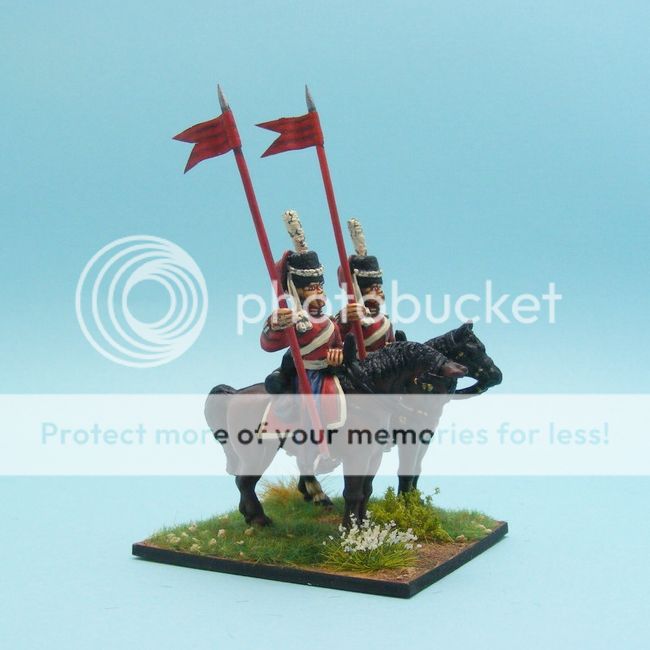
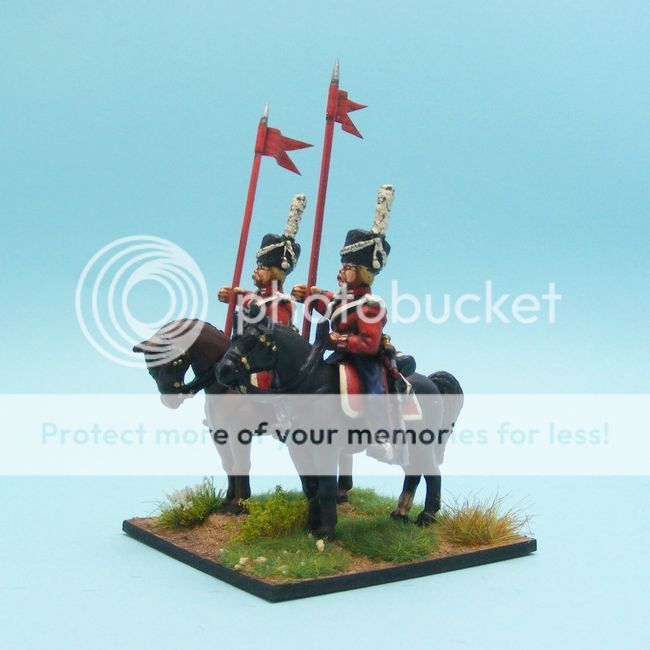
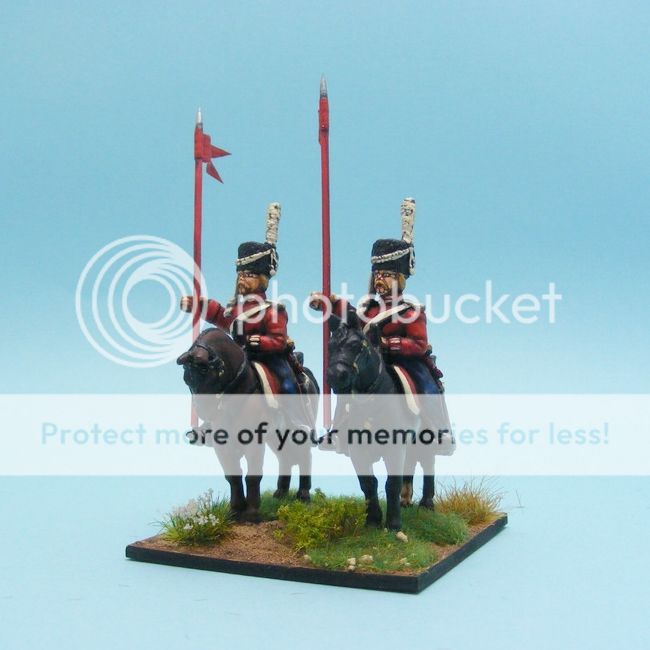
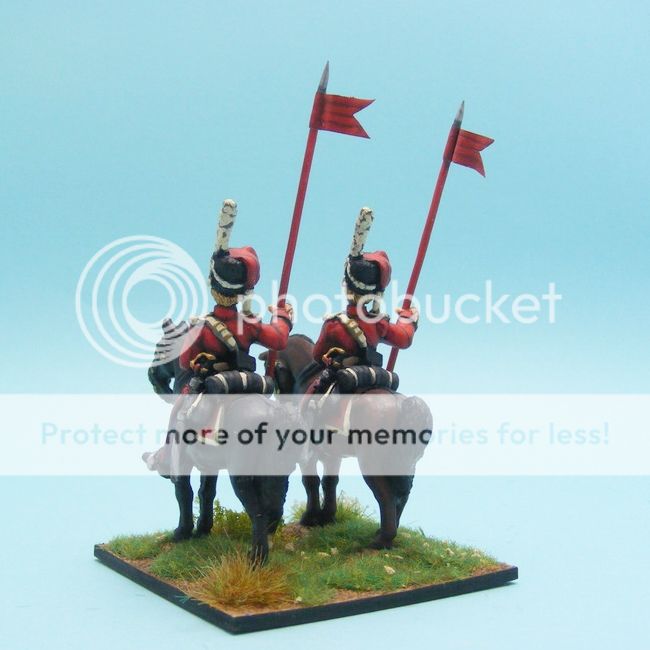
No comments:
Post a Comment